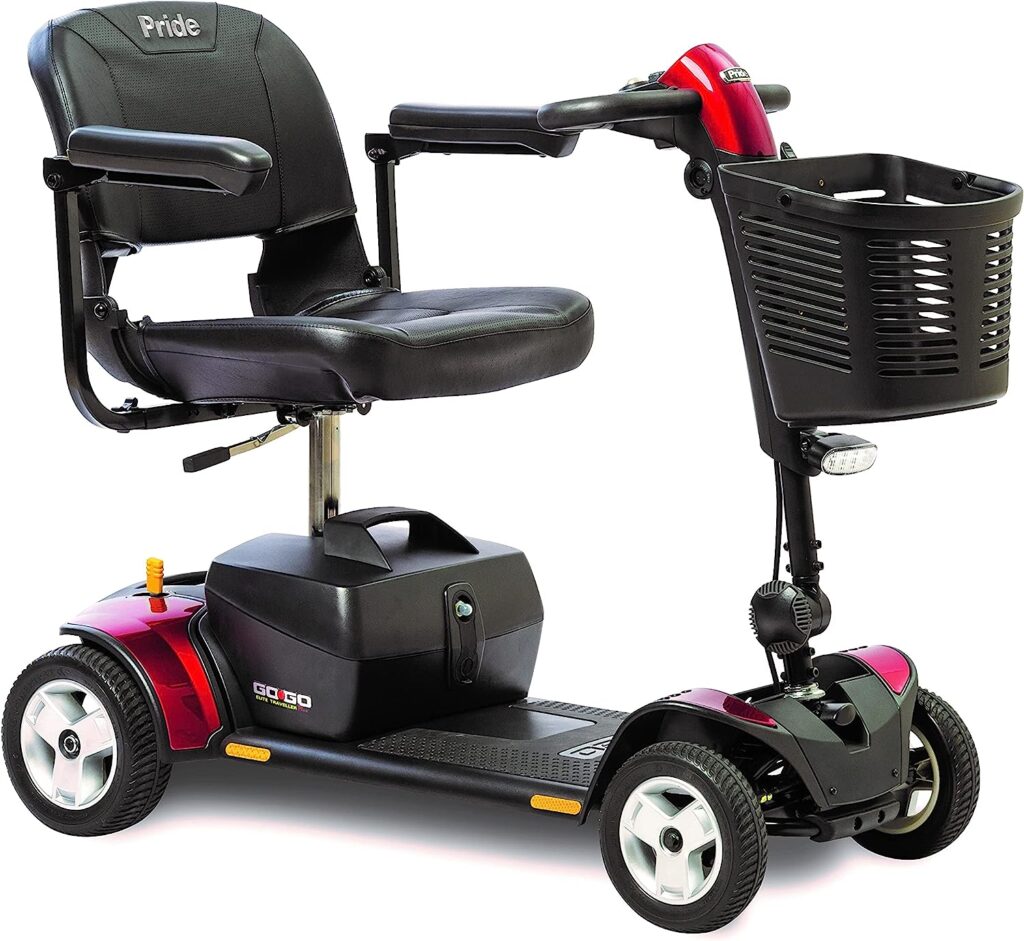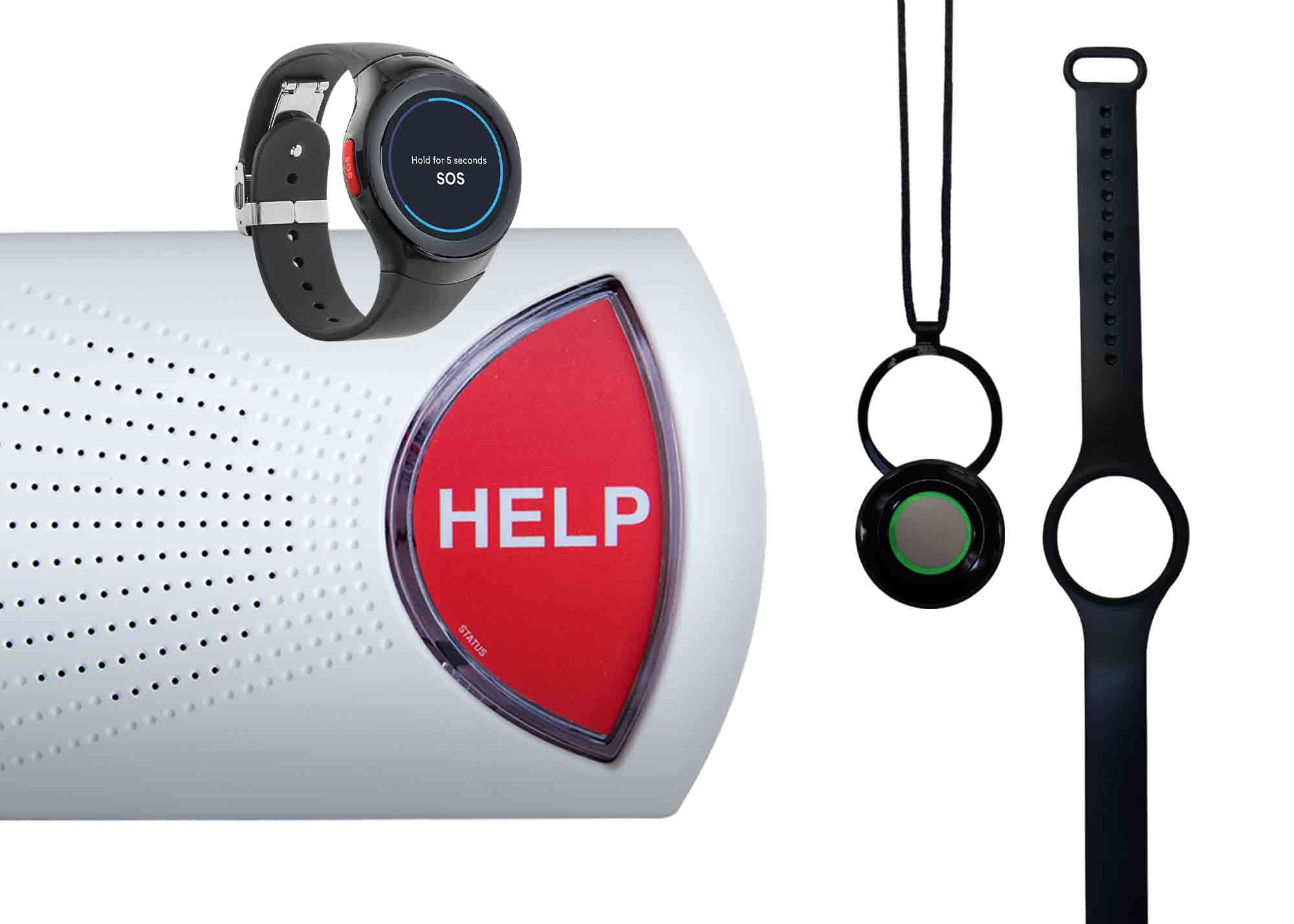Will Medicare Pay for My Wheelchair?: A Comprehensive Guide
December 31, 2023
When you are faced with new medical expenses, such as a piece of medical equipment, it can be overwhelming emotionally, physically, and financially. While many older adults have Medicare, learning what it covers (and doesn’t cover) seems like one more task to add to a busy to-do list. We have researched for you to determine if your new wheelchair costs can be offset by Medicare, as well as other options you might have to reduce the cost of your out-of-pocket obligations.
Medicare, the federal health insurance program for individuals aged 65 and older, as well as certain younger individuals with disabilities, does play a crucial role in providing access to essential medical equipment. While Medicare coverage can include pieces of durable medical equipment, coverage is not always guaranteed, which can leave seniors and their family members feeling financial stress.
In this article, we will dive into the aspects of Medicare coverage for wheelchairs, exploring the requirements, types of wheelchairs covered, payment considerations, steps to obtain coverage, and what to do if you’ve already purchased or need to replace your wheelchair.
What Are the Requirements To Be Covered?
Medicare coverage for wheelchairs is contingent on meeting specific eligibility criteria. Generally, individuals must be enrolled in Medicare Part B, which covers medically necessary services, including durable medical equipment (DME), a category that includes wheelchairs. Additionally, a physician must determine and document the medical necessity of the wheelchair for the individual’s condition. The wheelchair must be prescribed, and prescribed by a Medicare-enrolled doctor.
To be considered medically necessary, the wheelchair must be required for daily activities within the home, and the individual must have a condition that significantly impairs their mobility. This could include conditions such as arthritis, multiple sclerosis, neurological conditions, or other debilitating diseases that affect a person’s ability to walk safely throughout the home and to perform activities of daily living
Wheelchairs can be used for a shorter time period or for a longer duration, depending on the senior and their prognosis. Someone might need a wheelchair for a few months, for example, as they recover from a stroke or fall while another might need a wheelchair for many years due to a neurological condition.
What Types of Wheelchairs are Covered?
Medicare covers a range of wheelchairs, including both manual and power wheelchairs, as long as they meet the prescribed medical necessity criteria. Manual wheelchairs, propelled by the user or an assistant, are typically covered if the individual’s condition prevents them from using a cane or walker effectively.
Power wheelchairs, which are electrically powered and navigated with a joystick or other controls, are covered when the individual has a severe mobility limitation that precludes the use of a manual wheelchair. Additionally, the power wheelchair must be deemed necessary for use within the home.
In either case, the senior must meet face-to-face with a Medicare-enrolled physician in order to get the prescription for their new mobility device. Otherwise, there is a risk that the wheelchair will not meet Medicare eligibility requirements.
It’s important to note that while Medicare covers these types of wheelchairs, it may not cover all models or features. The coverage extends to the most basic options that meet the individual’s medical needs. Any upgrades or additional features beyond what is considered medically necessary may require out-of-pocket expenses.
Not sure what type of wheelchair is best for you? Read our guide to choosing the best wheelchairs for seniors.
How Much Will Medicare Pay for a Wheelchair?
The amount Medicare pays for a wheelchair depends on the type of wheelchair and whether the individual is enrolled in Original Medicare (Part A and Part B) or a Medicare Advantage Plan (Part C).
For those with Original Medicare, Medicare Part B generally covers 80% of the approved amount for the wheelchair after the annual deductible is met (the annual deductive for 2024 is $240). The remaining 20% is typically the responsibility of the individual.
Medicare Advantage Plans, on the other hand, are offered by private insurance companies approved by Medicare. These plans must cover at least the same benefits as Original Medicare, but they may have different costs and coverage rules. Individuals with Medicare Advantage Plans should check with their specific plan to understand the costs associated with wheelchair coverage.
Steps to Getting a Wheelchair Covered by Medicare
- Visit a Healthcare Provider: Schedule an appointment with a healthcare provider, such as a doctor or therapist, who can assess your mobility needs and prescribe a wheelchair if deemed medically necessary. Ensure the physician you are seeing is Medicare-enrolled.
- Get a Prescription: Your healthcare provider will provide a written prescription for the wheelchair, specifying the type and features required to meet your medical needs.
- Choose a Medicare-Approved Supplier: Ensure that you purchase the wheelchair from a supplier that participates in the Medicare program. Medicare-approved suppliers adhere to certain quality standards and can bill Medicare directly.
- Submit a Claim to Medicare: The supplier will handle the claims process, submitting the necessary paperwork to Medicare. This includes the prescription and a Certificate of Medical Necessity (CMN) or a DME Information Form (DIF), both of which document the medical necessity of the wheelchair.
- Pay Your Share: Once Medicare processes the claim, you will be responsible for any deductibles, co-payments, or co-insurance as outlined in your Medicare plan.
What If I’ve Already Bought a Wheelchair?
If you’ve already purchased a wheelchair without prior approval from Medicare, you still have the possibility of reimbursement. However, it’s crucial to follow the proper channels and meet specific criteria for reimbursement eligibility.
- Meet Medicare Requirements: Ensure that the wheelchair meets Medicare’s coverage criteria, including medical necessity and the type of wheelchair prescribed.
- Gather the Necessary Documentation: Gather all relevant documentation, including the prescription, CMN or DIF, and any other paperwork required by Medicare.
- Submit a Claim for Reimbursement: Contact your wheelchair supplier and request assistance in submitting a claim for reimbursement to Medicare. The supplier should provide you with the necessary forms and guidance on the process.
- Wait for Medicare Processing: Once the claim is submitted, Medicare will process the reimbursement request. The amount reimbursed will be based on the approved Medicare rate for the specific wheelchair.
What If I Need to Replace My Wheelchair?
If your wheelchair is no longer serviceable, has been lost or stolen, or if your medical condition has changed, necessitating a different type of wheelchair, Medicare may cover the cost of a replacement. The process is similar to obtaining coverage for a new wheelchair:
- Visit Your Healthcare Provider: Schedule an appointment with your healthcare provider to reassess your mobility needs and obtain a new prescription if necessary.
- Follow the Steps for Getting a Wheelchair Covered: Follow the same steps outlined for obtaining coverage for a new wheelchair, including choosing a Medicare-approved supplier, submitting the necessary documentation, and paying any required cost-sharing.
- Include a Statement of Need: When submitting the claim for a replacement wheelchair, include a statement explaining the need for the replacement. This could include details about the loss or deterioration of the existing wheelchair or changes in your medical condition.
- Await Medicare Approval: Medicare will review the claim for a replacement wheelchair, considering the medical necessity and other eligibility criteria. Once approved, Medicare will cover the cost according to the approved rate.
Understanding Medicare coverage for wheelchairs involves navigating through a set of requirements, considering the types of wheelchairs covered, determining the financial aspects, and following a specific process to obtain coverage.
Whether you need a new wheelchair or are seeking reimbursement for a purchase already made, adherence to Medicare guidelines and proper documentation is key to a successful outcome. Always consult with your healthcare provider, wheelchair supplier, and Medicare to ensure a smooth and compliant process that meets your mobility needs.



